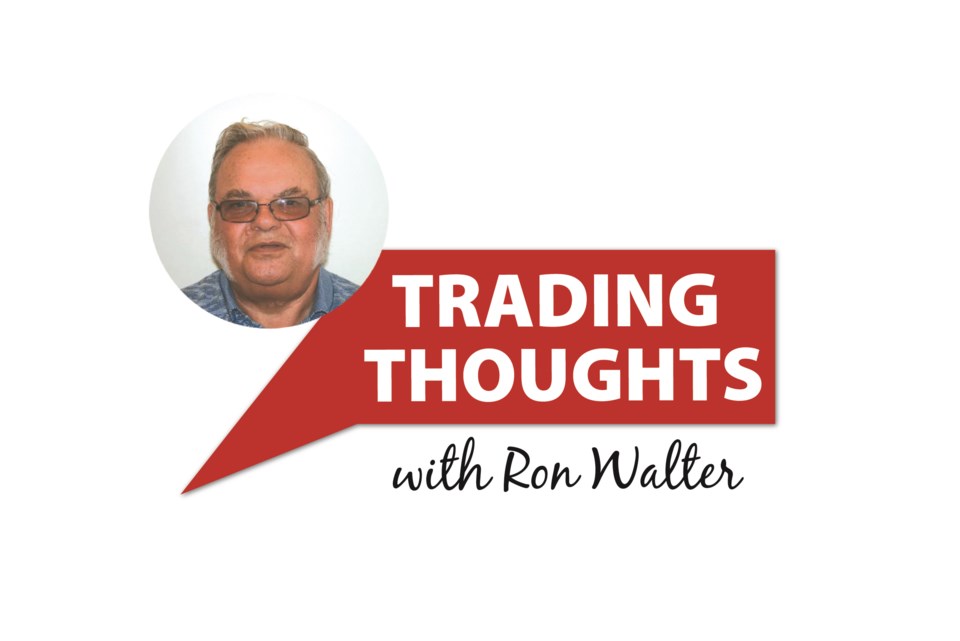The tax preparers called to let us know our tax forms had been prepared.
The tax office was a busy place, so we had to wait a while until we received the news — bad and good.
A friend came in, saw he had to wait and went back out to plug his parking meter. On returning, he noted the parking meter tax was $2 an hour!
“I’m sure glad I don’t come downtown very often,” he said.
Wonder if city council and administration think about that impact every time they jack up parking taxes? Then they wonder why commercial property assessment keeps falling.
A grumpy looking taxpayer — a lot are grumpy at this time of year — suggested the taxes be simplified like President Donald Trump made them in the United States.
That got Yours Truly thinking. There was talk about a simpler tax structure and forms soon after Trump was elected. But like so many things, they were overshadowed by political theatrics.
So just what did Trump do?
The new U.S. federal tax form is the size of a postcard with the need to fill out both sides. The number of lines has been reduced to 23 from 79 for a simpler form. Sounds great.
The new form takes a number of deductions, student loan interest and teaching supplies, from the smaller form and requires the tax preparer to figure them out on one of six worksheets.
Unless the taxpayer has very straightforward income sources, he or she will still have to fill out numerous work sheets.
Critics of the postcard-sized tax form suggested the smaller size is irrelevant as 90 per cent of U.S. tax returns are filed online.
The increased standard deduction simplifies filing for taxpayers.
Trump promised to reduce the tax structure from seven different tax brackets to three like Canada has. His promise never made it into law even though he controlled both Houses of Congress.
Rates range from 10 per cent to 37 per cent with a reduction for most people but larger rate cuts for the highest incomes.
Trump’s changes to inflation adjustments on taxes, according to tax experts, will increase bracket creep — the thing they are supposed to eliminate.
In Canada, medical deductions start after expenses hit 3.5 per cent of income. Trump increased that limit to 10 per cent from 7.5.
He increased the exemption for alternative minimum tax to $1 million income from $109,000, still indexed to inflation.
H and R Block estimated the average family would save $1,200, which is a nice saving, but the income tax form and structure seem no simpler than before.
And taxpayers still have to fill out state tax forms, whereas Canada has integrated the two into one set.
That came about when the provinces urged the federal government to increase income tax and give them the increased take.
Prime Minister John Diefenbaker agreed the provinces had a need, but he shifted the responsibility on the provinces by splitting the tax form into two, thus allowing the provinces to tax whatever they want and get the feedback from increased tax rates.
Ron Walter can be reached at [email protected]




